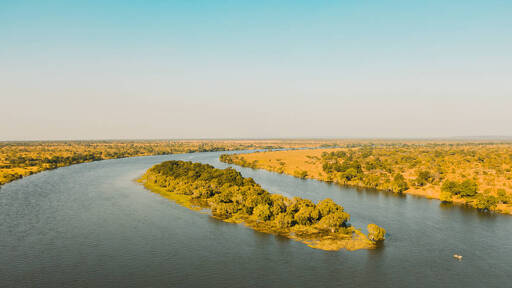As Africa’s environment ministers meet this week in Nairobi, Kenya, for the 20th African Ministerial Conference on the Environment (AMCEN), the Global Environment Facility (GEF)is touting its decades of support to the continent: more than $7.7 billion in grants across more than 2,000 projects, supplemented by billions in co-financing. Yet despite this scale of investment, the biodiversity curve remains on a downward trajectory. Wetlands are disappearing, forests continue to shrink and wildlife populations are in decline. So, is the GEF still fit for purpose? “Absolutely,” says Fred Boltz, GEF head of programming. “Based on independent evaluations, the GEF has been found to be the most effective multilateral environmental fund.” In an exclusive interview with Mongabay, Boltz defended the GEF’s model, arguing that it is shifting toward integrated approaches that take into account both conservation needs and the human systems driving environmental degradation — such as agriculture, supply chains and urban expansion. But tensions persist. The GEF’s own recent performance review acknowledges gaps. While gender considerations have been better integrated, broader inclusion remains patchy. “The GEF – Civil Society Organization (CSO) Network remains underutilized, and past recommendations for reform have not been fully acted on or implemented,” the evaluation notes. Boltz emphasizes that “by GEF policy, all projects must rigorously engage Indigenous peoples, women and youth,” but concedes that sustainable impact also hinges on breaking cycles of poverty and enabling access to finance, technology and livelihoods. Civil society groups, including Greenpeace, are using the AMCEN platform to call for more direct…This article was originally published on Mongabay
From Conservation news via this RSS feed


